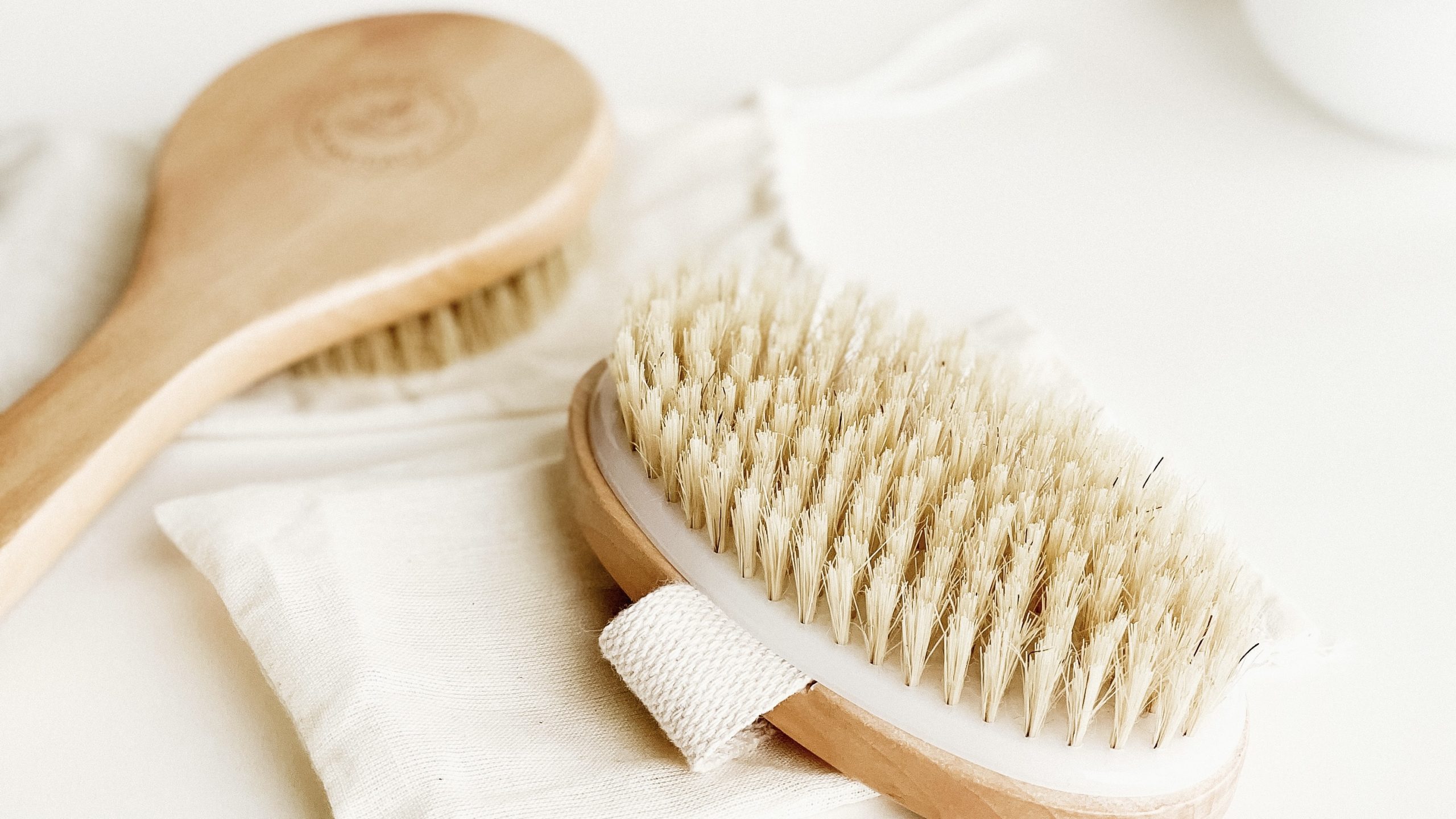Dry skin brushing is credited with a variety of potential perks, including stimulating the lymphatic system, exfoliating the skin, aiding toxin removal, boosting circulation and energy, and lessening the appearance of cellulite.
Often called dry brushing or gharshana, this practice stems from Ayurvedic traditions and has been used for centuries.
Advocates claim dry brushing provides multiple wellness benefits. Its primary action is exfoliation: a brush with coarse, natural-fiber bristles is swept across the body following a specific pattern.
The concept is that the rough bristles slough off dead skin and enhance the skin’s ability to release toxins via the pores.
Below, learn about the suggested benefits, necessary cautions, and how to perform dry brushing yourself.

What are the benefits of dry brushing?
Although robust scientific evidence is limited, dry brushing is unlikely to harm most healthy individuals. Potential advantages include:
Lymphatic support and toxin clearance
The lymphatic system assists the body in fighting infections. Lymph fluid moves through the network and is filtered by lymph nodes. When you are ill or exposed to many toxins, the system can become congested — which is why lymph nodes may swell during a cold.
Proponents believe dry brushing helps the body expel toxins through sweating. The brush’s coarse fibers are said to stimulate and open pores, facilitating sweating and thereby reducing the toxin load the lymphatic system must process.
There is limited research backing this assertion.
Exfoliation
The firm bristles can remove flaky, dead skin cells. Exfoliating can leave skin feeling smoother and softer and may even encourage collagen activity.
Relaxation
Dry brushing can have a calming, massage-like effect. To enhance this benefit, perform brushing in a peaceful, quiet setting.
Cellulite
Cellulite, which primarily affects women, produces a dimpled or “cottage cheese” texture on the skin. Its exact cause isn’t fully understood.
A 2020 study indicates some massage methods may temporarily lessen the look of cellulite; the study focused on vibrational massage.
Some assert dry brushing reduces cellulite appearance because it mimics certain massage effects. However, there’s no strong scientific proof, and most physicians do not consider it a validated treatment.
Read more about dry brushing and cellulite.
What are the risks of dry brushing?
Certain people should avoid or be cautious with dry brushing.
Do not brush over open or inflamed skin, such as areas affected by eczema or psoriasis.
Avoid brushing over any open wound, as introducing bacteria could lead to infection.
How to practice dry brushing
Use a natural-fiber brush with a long handle so you can reach all parts of your body. Follow these steps:
- Begin at your feet and work upward.
- Use broad, circular, clockwise strokes when brushing your skin.
- Apply gentle pressure on thin-skinned areas and firmer pressure on thicker spots like the soles of your feet.
- Brush the arms after treating your feet, legs, and torso, moving upward toward the armpits.
- Take a cool shower after brushing to wash away loosened dead skin.
- After showering and drying off, consider applying a natural oil such as olive or coconut oil to moisturize.
When starting out, use light strokes. As your skin becomes accustomed, you can gradually increase pressure.
Avoid sensitive or broken-skin areas, including:
- rashes
- wounds
- cuts
- infections
Never brush regions affected by poison oak, poison ivy, or active psoriasis. Do not dry brush your face unless you have a softer brush specifically designed for facial use.
Learn about dry brushing for the face.
What supplies do I need?
A natural-fiber bristle brush with a long handle is sufficient for home dry brushing. The handle helps you access your entire body.
You may prefer to dry brush near or in the shower to rinse away shed skin afterward. Keep a moisturizer, like natural oil, available for post-brushing hydration.
Many brushes are priced under $10; complete kits cost more.
Dry brushes can be purchased at health stores or online.
If you’d rather not do it yourself, some spas offer dry brushing. If you choose a professional treatment, ask about their brush-cleaning practices and inform them of any areas to avoid.
Brush maintenance
Rinse your brush after each session and dry it in a well-ventilated, sunny spot to prevent mildew. Clean it weekly with soap and water, and do not share your brush to minimize infection risk.
The bottom line
Scientific support for dry brushing’s benefits is sparse, but for most people the practice carries minimal risk. If interested, you can buy a brush and try it at home.
If you have skin conditions like psoriasis, consult your doctor before trying dry brushing. Always avoid brushing over open wounds or infections.


















Leave a Reply
You must be logged in to post a comment.